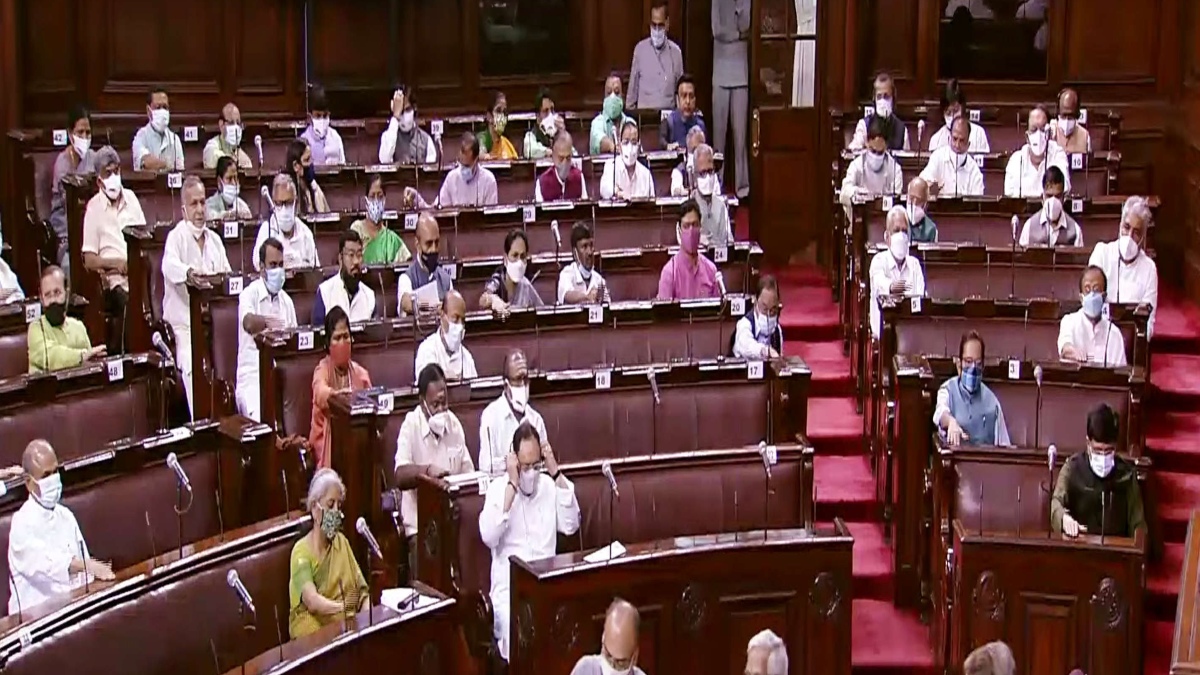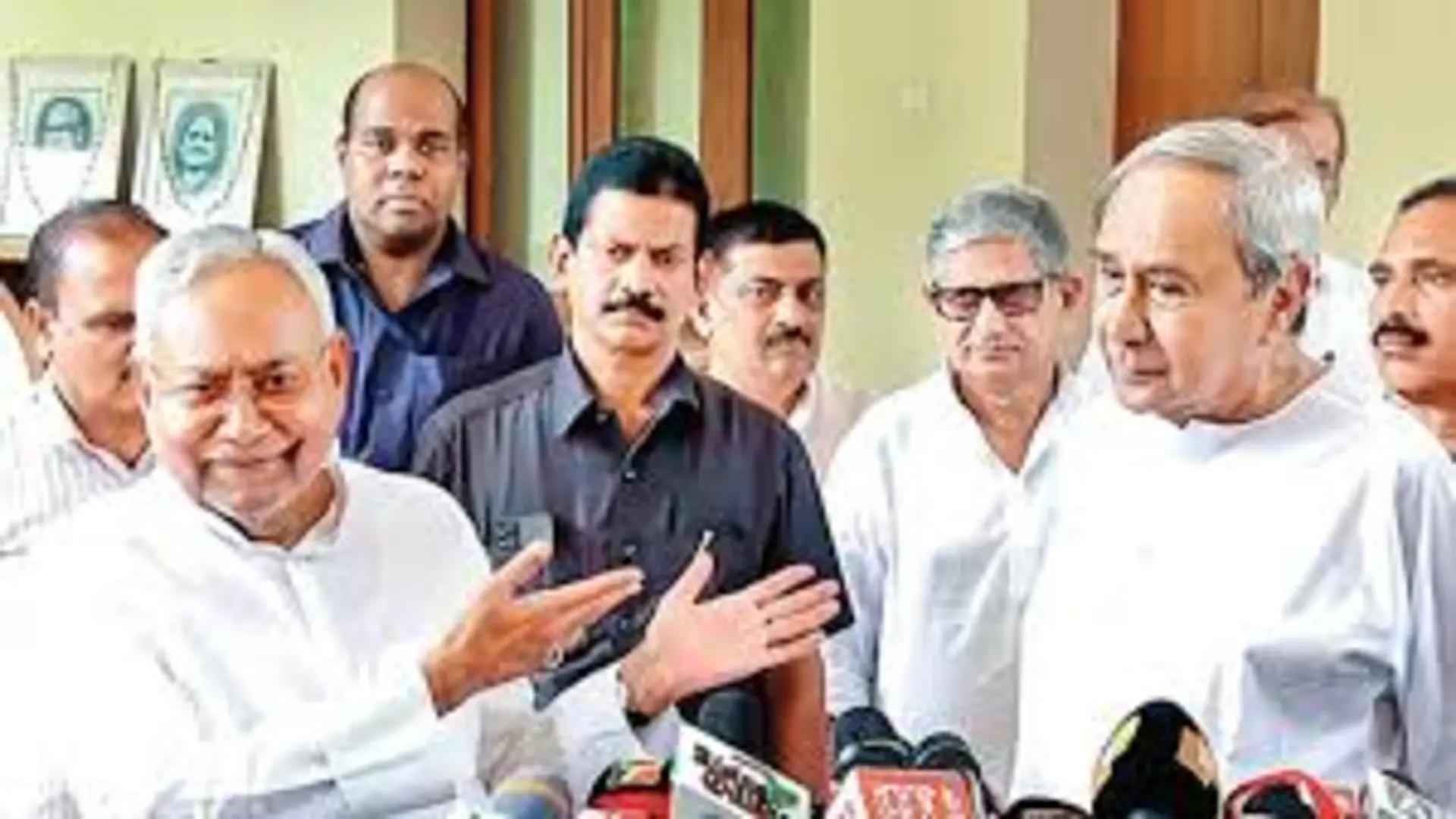The Defence Industry sector, which was hitherto reserved for the public sector, was opened up to 100% for Indian private sector participation in May 2001. As of date, 333 private companies have been issued 539 industrial licenses. Out of these, 110 companies have reported commencement of production.
Further, the following measures have been taken by the Government to promote private sector participation in the Defence sector:
· Out of the total Capital Acquisition Budget for the year 2021-22, 64.09% has been earmarked for domestic capital procurement.
· Defence capital outlay has been increased by 18.75 % in the budget of 2021-22.
· DPP-2016 has been revised as Defence Acquisition Procedure (DAP) – 2020, which is driven by the tenets of Defence Reforms announced as part of ‘Aatmanirbhar Bharat Abhiyan’.
· To promote indigenous design and development of defence equipment, ‘Buy (Indian-IDDM)’ category has been accorded topmost priority for procurement of capital equipment. IDDM is indigenously designed, developed, and manufactured.
· Positive indigenisation list: Ministry of Defence has notified a ‘Positive indigenisation list’ of 209 items for which there would be an embargo on the import beyond the timeline indicated against them. This would offer a great opportunity to the Indian defence industry to manufacture these items using their own design and development capabilities to meet the requirements of the Armed Forces in the coming years.
· The ‘make’ procedure of capital procurement has been simplified. There is a provision for funding up to 70% of development cost by the Government to Indian industry under the Make-I category. In addition, there are specific reservations for MSMEs under the ‘Make’ procedure.
· Procedure for ‘Make-II’ category (Industry funded), introduced in DPP 2016 to encourage indigenous development and manufacture of defence equipment has several industry-friendly provisions such as relaxation of eligibility criterion, minimal documentation, provision for considering proposals suggested by industry/individual etc. So far, 58 projects relating to Army, Navy, and Air Force have been accorded ‘Approval in Principle’.
· The Government of India has enhanced FDI in Defence Sector up to 74% through the Automatic Route for companies seeking new defence industrial licenses and up to 100% by Government Route wherever it is likely to result in access to modern technology or for other reasons to be recorded.
· An innovation ecosystem for Defence titled Innovations for Defence Excellence (iDEX) has been launched in April 2018. iDEX is aimed at the creation of an ecosystem to foster innovation and technology development in Defence and Aerospace by engaging Industries including MSMEs, Start-ups, Individual Innovators, R&D institutes and Academia and provide them grants/funding and other support to carry out R&D which has potential for future adoption for Indian defence and aerospace needs.
· To give a major boost to the development of innovative defence technology and support a growing Startup base in the country, MoD has earmarked Rs 1000 crore during 2021- 22 for the procurement from the iDEX Startups.
· Department of Defence Production, Ministry of Defence has also approved a scheme for iDEX during the current year worth Rs 498 crore for fiive years. The scheme aims to benefit 300 new Startups for innovative design and development in the defence sector.
· An indigenisation portal namely SRIJAN has been launched in August 2020 for DPSUs/OFB/Services with an industry interface to provide development support to MSMEs/Startups/Industry for import substitution.
· Reforms in Offset policy have been included in DAP 2020, with a thrust on attracting investment and Transfer of Technology for Defence manufacturing, by assigning higher multipliers to them.
· Government has notified the ‘Strategic Partnership (SP)’ Model in May 2017, which envisages the establishment of long-term strategic partnerships with Indian entities through a transparent and competitive process, wherein they would tie-up with global Original Equipment Manufacturers (OEMs) to seek technology transfers to set up domestic manufacturing infrastructure and supply chains.
· Government has notified a ‘Policy for indigenisation of components and spares used in Defence Platforms’ in March 2019 to create an industry ecosystem that is able to indigenise the imported components (including alloys and special materials) and sub-assemblies for defence equipment and platform manufactured in India.
· Government has established two Defence Industrial Corridors, one each in Uttar Pradesh and Tamil Nadu. The investments of Rs 20,000 crore have been envisaged in the defence corridors of Uttar Pradesh and Tamil Nadu by the year 2024. So far, investment of approx. Rs 3342 crore has been made in both the corridors by the public as well private sector companies. Moreover, the respective State Governments have also announced their Aerospace &Defence Policies to attract private players as well as foreign companies including Original Equipment Manufacturers (OEMs) in these two corridors.
· An Inter-Governmental Agreement (IGA) on “Mutual Cooperation in Joint Manufacturing of Spares, Components, Aggregates and other material related to Russian/Soviet Origin Arms and Defence Equipment” was signed in Sep 2019. The objective of the IGA is to enhance the after sales support and operational availability of Russian origin equipment currently in service in the Indian Armed Forces by organising the production of spares and components in the territory of India by Indian Industry by way of creation of Joint Ventures/Partnership with Russian OEMs under the framework of the ’Make in India’ initiative.
· Defence Products list requiring Industrial Licenses has been rationalised and manufacture of most of parts or components does not require Industrial License. The initial validity of the Industrial License granted under the IDR Act has been increased from 03 years to 15 years with a provision to further extend it by three years on a case-to-case basis.
· Department of Defence Production has notified 46 items under the latest Public Procurement Order 2017 notified by the Department for Promotion of Industry and Internal Trade (DPIIT), for which there is sufficient local capacity and competition and procurement of these items shall be done from local suppliers only irrespective of the purchase value.
· Defence Investor Cell (DIC) has been created in Feb-2018 in the Ministry to provide all necessary information including addressing queries related to investment opportunities, procedures and regulatory requirements for investment in the sector. As of date, 1182 queries had been received and addressed by Defence Investor Cell.
CREATING NECESSARY INFRASTRUCTURE ON THE BORDERS
The Government is fully seized of the security needs of the country and reviews the same from time to time. Required measures including the development of infrastructures like construction of roads, tunnels, and strategic railway lines are taken to safeguard the sovereignty, territorial integrity and security of India.
As per the operational requirement of the Armed Forces and the need for development along with border areas, road construction is taken up by Border Roads Organisation (BRO). Amongst these, 73 critical roads have been designated as Indo-China Border Roads of 4203 km length and are being accorded the highest priority with dedicated funding.
Further, to ensure all-weather connectivity to far-flung areas, the construction of tunnels has also been undertaken across passes.
Currently, the construction of four tunnels is underway. Infrastructure development in Uttarakhand is being holistically executed with budgetary support from the Ministry of Defence, MHA, State PWD and Central projects like Bharatmala and Chardham.
As of date, 21 roads with a length of approximately 800 km are being constructed/upgraded by BRO over and above certain roads being constructed by state PWD.













